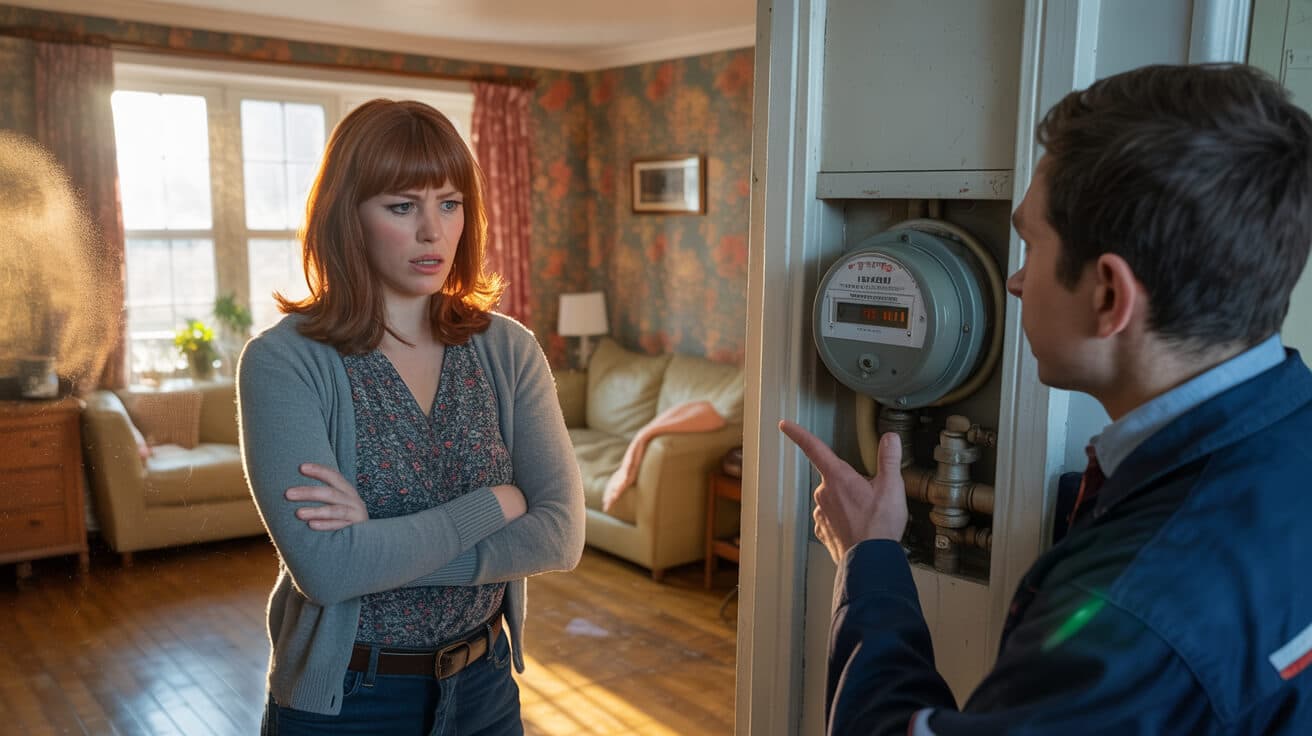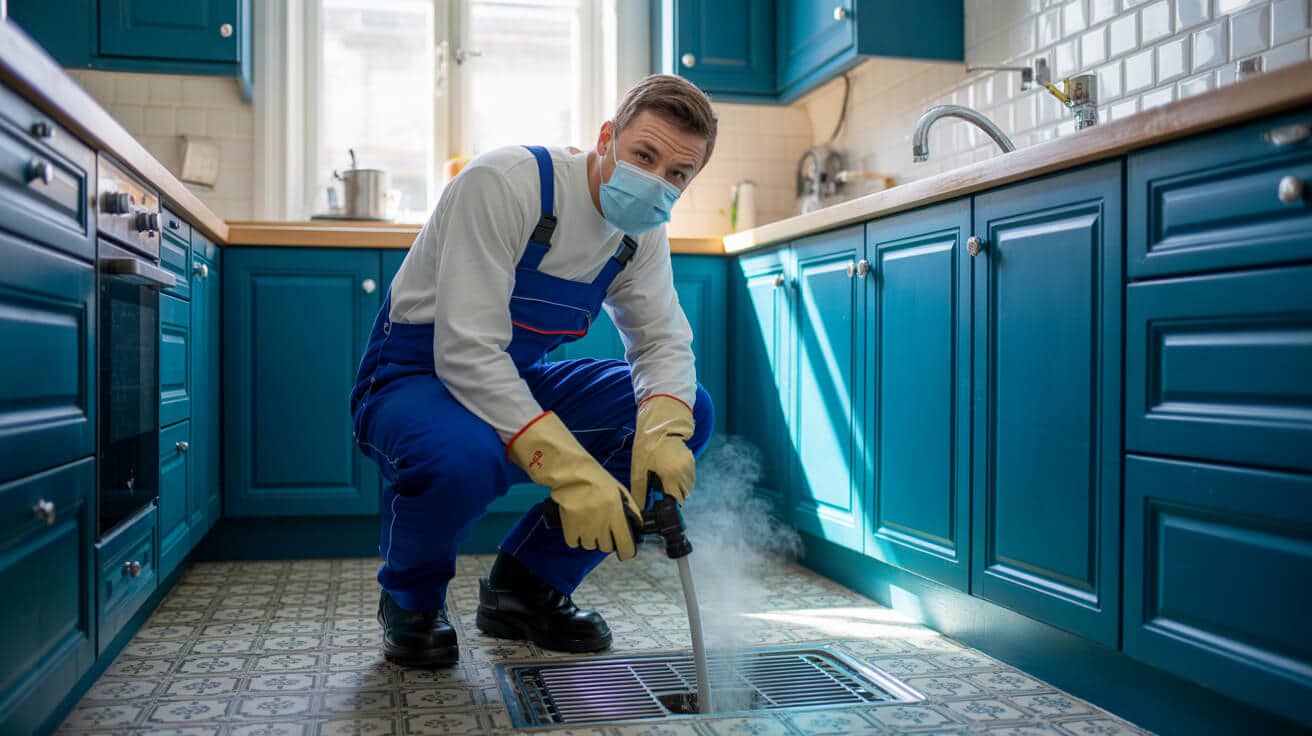 Future Homes Standard 2025 What It Means for New Builds
Future Homes Standard 2025 What It Means for New Builds

Is the Future Homes Standard 2025 a Real Change, or Just Another Green Box to Tick?
The Future Homes Standard 2025 doesn’t just tweak the script—it rewrites the future of new-build homes across England. Legislators are raising the bar from wish-list “eco extras” to hardcoded, enforceable requirements that grab every stakeholder: homeowners, landlords, developers, letting agents, insurers, and lenders. Forget “hydrogen-ready” boiler loopholes or slapdash insulation—each new home must deliver real, in-use carbon cuts, get signed off by certified professionals, and carry airtight evidence in its documentation pack. Trying to play catch-up after the build? That’s a storey guaranteed to end in stress, cost, and market penalties.
The property choices you make before planning approval will dictate comfort, annual costs, and even how your home is valued.
Rising energy prices and mounting emissions (homes drive about 18% of the UK’s climate impact) have forced a pivot: compliance isn’t just a government ideal—it’s a business necessity. What’s at stake isn’t only legal tick-boxes, but whether your next project will attract top buyers, unlock finance, or survive surprise checks from regulators and insurers. This isn’t optional or something you can delegate to “sorted later”—you are now responsible for every link in the chain.
What Tangible Changes Will the Future Homes Standard Demand in Every New Build?

Every new home permitted after 2025 falls under FHS compliance—without exception or carve-out for “heritage” gas tech. If your property breaks ground after the regulation lands, here’s how your to-do list changes:
- Gas, oil, and LPG boilers are banned.: FHS outlaws every fossil-fuel system—no “hybrid,” “hydrogen-ready,” or “for now” exceptions.
- Only all-electric, genuinely low-carbon heating passes.: Solutions must be proven in actual emissions, not marketing brochures.
- Applies to everything from major developments to DIY infills and landlord builds.: If planning is after 2024, you’re in.
- Extensions and retrofits: For now, these remain under the current Part L regime, but policy momentum signals this could shift—fast ([MHCLG 2023](https://www.gov.uk/government/publications/the-future-homes-standard-2025-changes-to-part-l-and-part-f-of-the-building-regulations)).
No system, fix, or “small job” is too minor to be overlooked, either. FHS-compliance requires full documentation for materials, systems, and installer credentials—not just a “signed-off” box at the end. If a product or process fails the standard at any stage, both inspector and lender will shut you down.
Rectify it later no longer works—new homes get one shot at compliance, or the keys stay out of reach.
Quick Timeline: What’s Changing, When, and for Whom
| Year | Regulatory Trigger | Who Must Respond |
|---|---|---|
| 2025 | All new builds: FHS compliance required | Every new home applicant |
| 2027 | Hard stop: Finished homes must be signed | Every developer/owner |
Rushing a “last-gasp” application before the deadline is a high-stakes gamble—no one wants an orphaned asset left unsellable due to missing paperwork in 2026.
What Does the Fossil Boiler Ban Mean for Your Real-World Heating Choices?
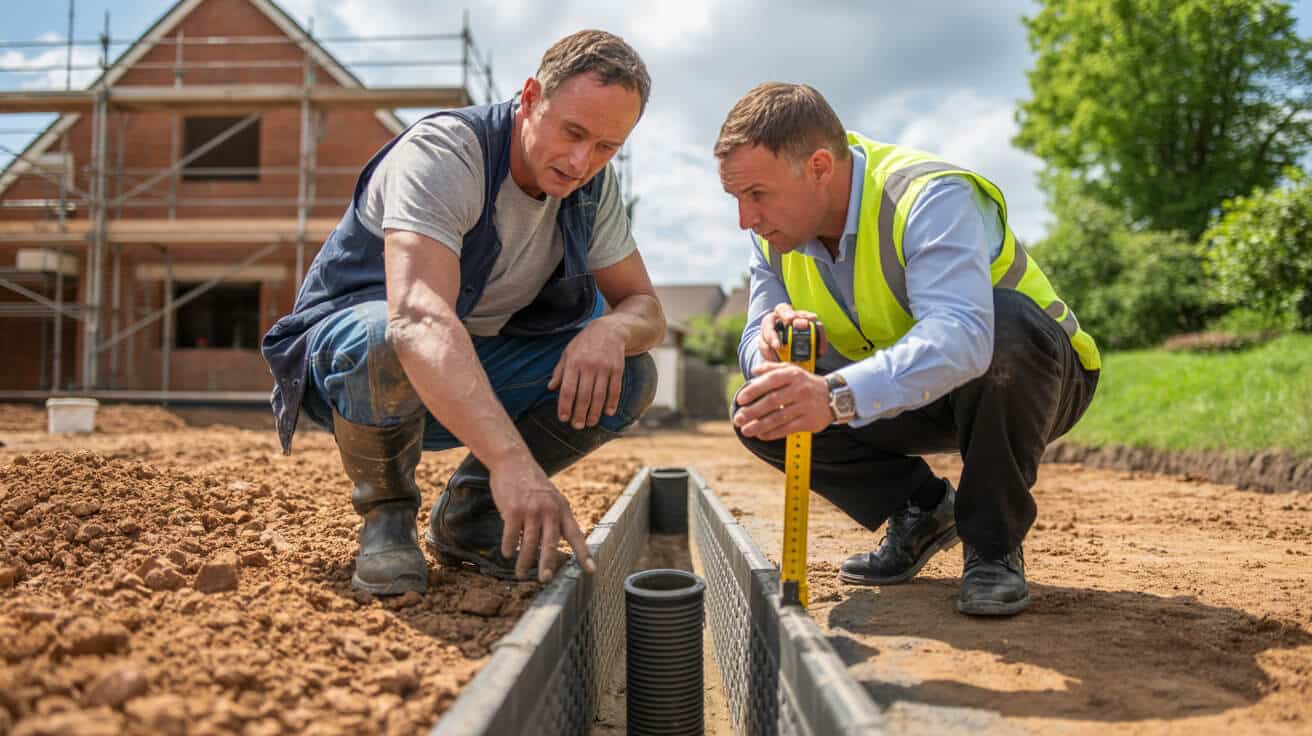
If your spec or build sheet for 2025+ mentions any gas, oil, LPG, or hybrid system, that design grinds to a halt. What’s more, “hydrogen-ready” or “biomass” won’t fly unless you can document real-world carbon results—don’t expect clever tech labels to rescue non-compliant kit. Anyone failing to heed this warning faces insurance problems, refused mortgage finance, invalid warranties, and a property left stranded on the market.
No-go systems from 2025:
- Any type of gas-fired boiler
- Oil and LPG kit, regardless of efficiency
- Dual-fuel “hybrid” models (gas plus heat-pump = fail)
- “Hydrogen-ready” units, unless proven in-use as zero-carbon
- Biomass (except rare, fully certified exceptions)
Why the tough line? The standard is built on measured, in-use carbon cuts—not theoretical capability. Exemptions are short-lived: estate agents and new-home sellers are already seeing buyers, mortgage firms, and even insurers demanding proof a property is “standard-ready,” not merely “upgradable” (Renewable Energy Installer).
Skip compliance, and you’re betting the property’s value, finance, and insurability on a coin toss.
“But My Property’s Already in Planning…”
If your planning permission lands before the new FHS regime, you may get a short window—but local authorities are shortening grace periods year-on-year. Don’t bet on leeway; solictors are increasingly flagging homes not built to FHS as major liability in 2026 sales.
What Heating and Hot Water Systems Do Comply—and What’s the Reality for Builds?
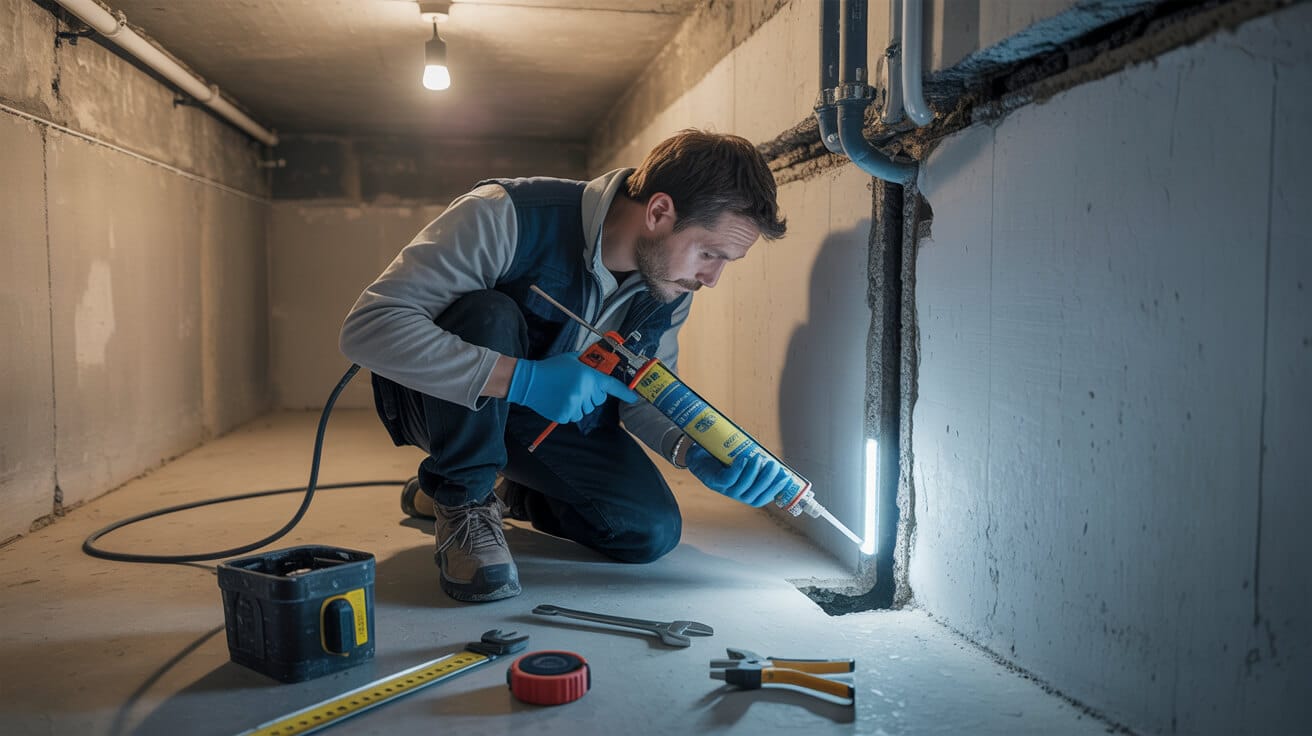
From 2025, only low-CO₂, code-compliant systems will keep your project on track (and your property signed off):
- Air or ground source heat pumps: The safest options for most new homes, sized and fitted by specialist engineers.
- District heating schemes: Only accepted if the network meets strict carbon documentation and supply standards—rare outside large city plots or certain social developments.
- Unvented hot water cylinders, smart controlled: Must be G3 certified and paired either with electric immersion or incoming heat from a heat pump (no gas top-ups).
- Mechanical Ventilation with Heat Recovery (MVHR): Near-universal for properties aiming for airtightness, reducing bills and maintaining safe air quality.
- Direct electric heaters: Only used where costs or EPC impacts have been analysed; best avoided except as rare add-ons.
Every one of these must be installed with traceable documentation—only WaterSafe or WRAS engineers count, and cylinder work always triggers G3 paperwork. Builders or landlords with a “good enough” approach (a mate does the instal, paperwork comes later) risk stalled handovers and failed remortgages (WaterSafe).
A single missing engineer’s cert will freeze your handover—or demand retrofitted, costly corrections.
Why Documentation, Not Just “Eco Bling,” Decides Whether Your Home Passes
Lenders and surveys now request engineer IDs, insulation proof, and SAP ratings in every property pack. If you didn’t get it signed, measured, and digitally stored up front, you’re playing catch-up with your project’s reputation, marketability, and eventual saleability.
How Does the FHS Tighten Up Insulation, Airtightness, and Indoor Air?

“Fabric first” isn’t an empty slogan; FHS builds a hard legal baseline for the property itself. Higher insulation specs cut heat loss, slash bills, and raise comfort all year. Every part of your building envelope is under scrutiny—U-values set at European-leading levels, and airtightness is measured in practice, not assumed on forms.
FHS key “fabric” minimums:
- Walls: Max U-value 0.18 W/m²K (previously 0.28)
- Roof/Floor: Max 0.13 W/m²K (was 0.16-0.20)
- Windows: Max 1.0 W/m²K—triple glazing is now default
- Airtightness: Every home must pass a blower door test
What does this mean on site?
Fail an insulation or pressure test, or hand in incomplete paperwork, and your property’s unsaleable until fixed—buyers or lenders will not accept “we’ll fix it after you move in.” Installers must use only WRAS-approved parts, and every compliance certificate must be uploaded and referenced to the builder and address.
| Element | Old Regs | FHS 2025+ |
|---|---|---|
| Walls | 0.28 | 0.18 |
| Roof/Floor | 0.16-0.20 | 0.13 |
| Windows | 1.4–1.6 | 1.0 |
Paperwork can now halt a sale—an under-documented job is unsellable until every gap is closed ([CBRE](https://www.cbre.co.uk/insights/articles/what-is-the-2025-future-homes-standard-and-how-will-it-impact-residential-real-estate?utm_source=openai)).
Are Extensions and Retrofit Projects Affected by the 2025 Standard?
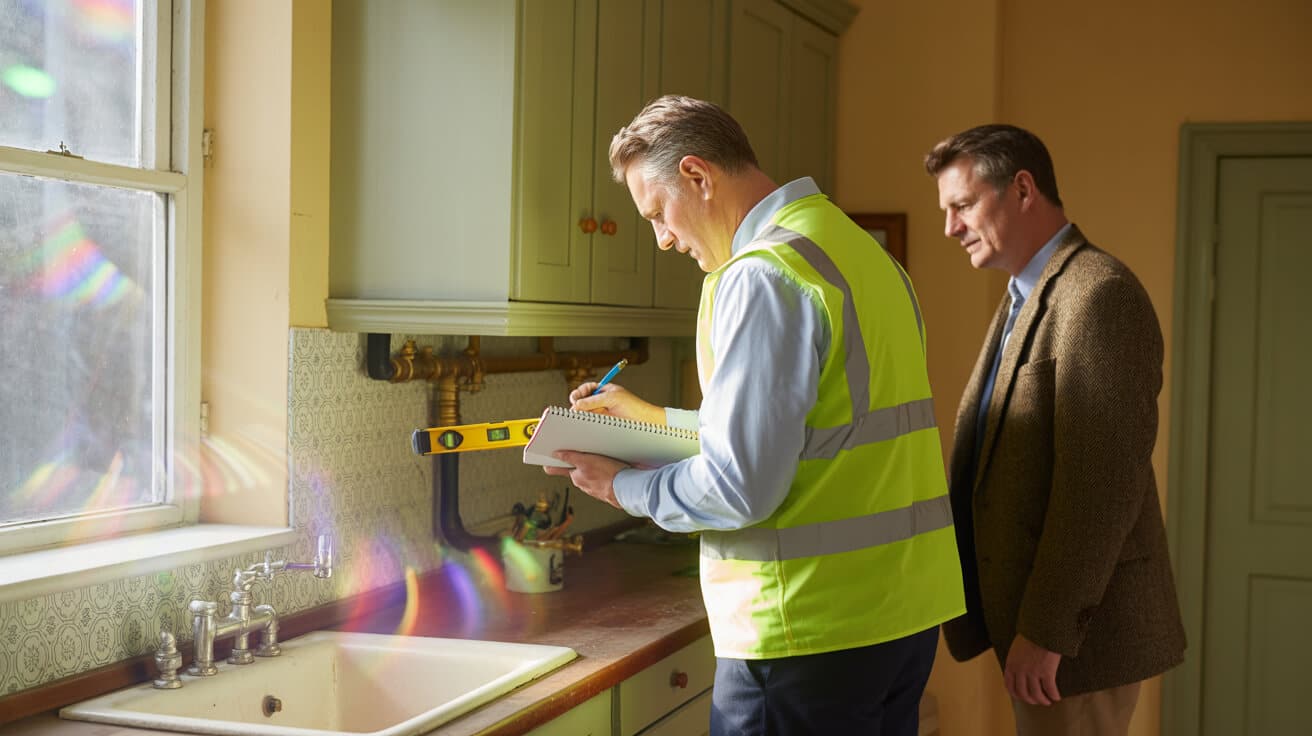
Right now, the FHS covers only brand-new homes, leaving extensions and retrofits to “Part L 2023” rules or earlier (pending updates). Still, a market shift is stirring: mortgage and grant criteria are quietly being retooled. A property upgraded to FHS specs today often unlocks easier financing, grant access, and higher EPC ratings tomorrow. Landlords and managers who future-proof now, not when forced by fine or voided insurance, keep upgrade costs low and asset values protected (TrustMark Guide; WRAS Directory).
Today’s investments buy next year’s resilience—wait too long, and you’ll pay double in rush upgrades and lost rental value.
Proactive Compliance: Save Headaches, Raise Value
Smart owners treat every boiler swap or new suite as a chance to set “FHS-ready” standards—running pipework for heat pumps, choosing insulation above code, and getting digital, traceable documentation for every improvement. In the next few years, “good enough” will be exposed; “ready now” homes retain their edge.
What Happens If You Try to Dodge or Delay Compliance?
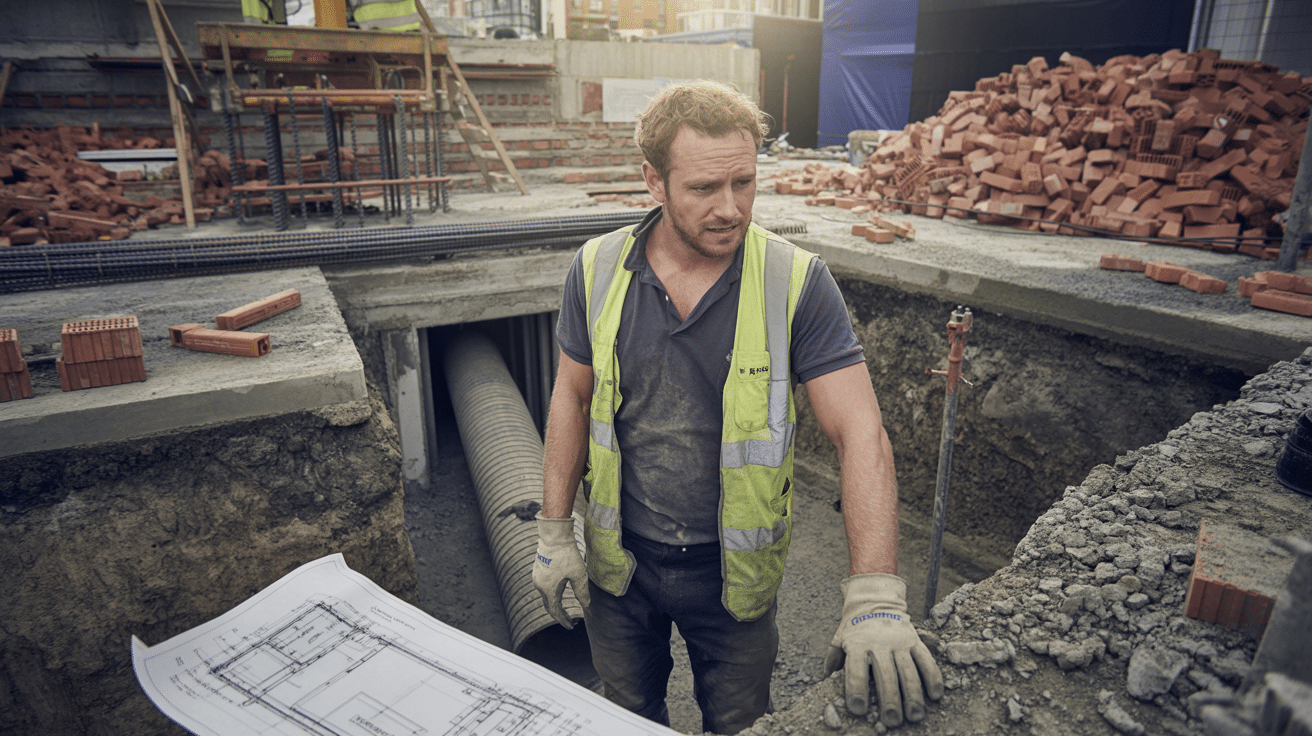
Pushing FHS compliance down the road is risky. Delays or corner-cutting often backfire with real penalties, not just bureaucratic irritation:
- No planning approval: From 2025, non-FHS designs will not progress.
- No site sign-off: From 2027, only 100% compliant homes receive keys.
- Sales stuck: Unsigned or incomplete documentation will halt legal completion, trigger discounts or price reductions, and may lose deals to squadron-ready competitors.
- Insurance and finance at risk: Lenders, warranty issuers, and insurers flag missing test results or documentation as a dealbreaker.
- Mounting costs: Fixing non-compliant systems retroactively is slow, expensive, and invites fines; each “missing” certificate delays cashflow and erodes ROI ([Renewable Energy Installer](https://www.renewableenergyinstaller.co.uk/2023/12/proposed-future-home-standard-signals-end-for-fossil-fuel-boilers-in-new-builds/?utm_source=openai)).
Sort it later now means months stuck in limbo—owning an unsaleable asset and bleeding returns by the week.
Why Documentation Is Non-Negotiable
No lender, buyer, or grant provider will “take your word for it.” You must supply WRAS/WaterSafe/G3 installer IDs, insulation and air test proofs, SAP software outputs, and warranty paperwork on request. A missing link holds up the entire chain—compliance has moved from background paperwork to the main event.
What Proactive Steps Should Owners, Agents, and Developers Take—Starting Now?

Leaders in the sector (from single-property owners to developers and managing agents) don’t “wait and see.” Here’s the minimum safe path:
- Book a pre-build FHS compliance check: Spot risk before it’s baked in
- Specify only WRAS/WaterSafe/G3 certified kit and fitters, with line-item quoting for all jobs
- Demand instant, digital sign-off for every stage—complete paperwork is now a real value asset
- Lock in equipment early to beat supply chain or certification bottlenecks
- Insist on digital compliance packs (including insulation, SAP, vapour barrier, blower door, and heating documentation) filed and accessible before handover ([Plumbers 4U](https://www.watersafe.org.uk/businesses/1804/Plumbers_4U/))
Early prep beats last-minute panic. Forward-thinking upgrades—such as prepping pipes for heat pumps or running MVHR in “phase one”—save time and cost. When the compliance question arrives, a digital evidence trail flips it from stress to market boost.
The best asset you can build is a compliance record: make every improvement pay its way by locking in proof now.
How Does the FHS Raise the Bar for Heating and Plumbing Professionals on Your Project?
Installers are now gatekeepers—not background tradesmen. FHS means the days of “fit it, fudge it, sort it later” are gone. If your installer isn’t WaterSafe, WRAS, G3, and on the digital paperwork, you’re building in a risk the market can spot a mile away.
The best plumbing and heating partners bring:
- Compliance-first design and fit spec: Advice that guarantees planning, funding, and warranty acceptances
- Supply chains built for FHS: No legacy parts or “we’ve always done it this way” material switches
- Certified trades with traceable credentials: No guesswork, all work filed under your property and engineer’s name
- Digital handover packs: Immediate, secure submission to solicitors, lenders, or asset managers
- Aftercare that covers post-completion audits or queries: Support you, not just the property, throughout the guarantee period
Whether you’re a landlord, developer, or portfolio manager, every compliance headache averted is not only a saved cost but a boost to your company’s perception in a changing marketplace.
With the right expert, you skip regulatory traps and protect both reputation and assets from fast-evolving regulation.
Why Plumbers 4U Is the Compliance Shield New Builds Need
Building to the FHS is a full-spectrum challenge, not a checklist. Plumbers 4U delivers certified, forward-thinking, and compliance-proven plumbing and heating support for every stage:
- Pre-build gap assessments: to identify trouble spots before they stall inspections
- Certified instal teams: Every engineer is WaterSafe, WRAS, and G3 accredited
- Live documentation flow: You get digital evidence at every phase—never chase paperwork on deadline day
- On-site performance checks: Airtightness, insulation, and pressure all logged to kill disputes with lenders/insurers in advance
- Rapid aftercare response: Problems flagged early, questions resolved, no “handover limbo”
Tie your project’s deadlines, risk window, and post-completion peace of mind to a support team that’s lived through the regulation’s evolution and knows where fast wins are hiding. Protect budgets, asset value, and sleep by making compliance painless and future-proof.
Ready to make your new build standard-proof, insurable, and market-ready? Contact Plumbers 4U for an FHS readiness check and build a foundation that gives you bragging rights—instead of compliance headaches.
Frequently Asked Questions
What new types of project risks does the Future Homes Standard create for homeowners, landlords, and developers?
The Future Homes Standard (FHS) raises the bar on every new build in England: if you apply for planning after the activation date, full compliance is unavoidable. At risk isn’t just a building’s certification, but your ability to let, sell, or mortgage it. The scope includes city flats, rural bungalows, social housing, custom self-builds, and large developments. FHS is engineered to catch every “legacy” shortcut—there are no exceptions for project size, affordability, or intention.
A single paperwork misstep (missing installer credentials, skipped test, unapproved kit) can spiral into delayed handover, legal barriers, or forced retrofits worth tens of thousands. Attempting to “beat the cutoff” by rushing for old permissions rarely delivers. Local authorities and lenders now scrutinise every timeline. Even if you hit a grace period, buyers and lenders often mandate FHS-level performance to reduce financial risk. There’s one rule: design as if the FHS already applies, or risk being left behind.
Getting the sign-off doesn’t guarantee you can let, sell, or refinance if lenders or agents don’t trust your paperwork.
Where are project pitfalls most likely to catch you out?
- Relying on old EPC benchmarks instead of the new U-value and airtightness metrics
- Assuming extensions or phased builds are exempt (increasingly, they’re not)
- Using “temporary” or “upgradeable” systems that look compliant only on paper
- Underestimating document tracking (digital certificates, photographic proof, maintenance logs)
Who bears the biggest compliance burden?
Anyone building at scale, exploiting old planning routes, or relying on legacy system stock. Large landlords and developers face bulk risk; homeowners and custom builders can be tripped up by kit availability or missed evidence. The market is clearly shifting value to homes with documented, end-to-end FHS compliance, so the safest route means bringing in accredited experts on every stage.
Which legacy heating, hot water, or multi-fuel systems become “deal-breakers” under FHS—and why does electric-only matter?
All new residential builds under FHS must have either a zero-carbon electric heat source or a certified renewable energy system. The following options endanger sign-off or downstream sale:
- Any gas boiler, “hydrogen-ready” or not: —no exceptions
- Fossil-fuel backups or hybrid systems: —whether used seasonally or as contingency
- Oil, LPG, or biomass appliances: —unless lifecycle carbon is provably net zero
- Piped “placeholders” for future swaps: —even if unused at handover
The system installed at completion is the legal benchmark. If any spec leaves a loophole for later fossil instal, it can void warranties and block financing.
Lenders are increasingly refusing mortgages on non-eligible post-2025 homes—even when clients show they plan a future upgrade.
Why is direct electric not always the answer?
Electricity meets FHS only when supplied by the grid or certified renewables—heat pumps are the mainstay because of efficiency and grant eligibility. Using direct electric heaters or storage heaters becomes viable only in compact, super-insulated homes due to operating costs and EPC penalties. Each element—heat source, cylinder, controls—must be sized and specified for efficiency, not just compliance.
What documentation is now non-negotiable?
- Evidence of system commissioning by a registered, accredited installer (WaterSafe, WRAS, G3 for unvented)
- Full lifecycle carbon and energy statements for any non-heat pump approach
- Photographic and digital commissioning certificates for each system at handover
How do you future-proof your new home’s value and comfort beyond minimum FHS requirements?
Homes built only to “just pass” risk being outdated within a few years. Forward-thinking owners and developers are:
- Integrating solar PV, batteries, or at least running cables and leaving space for them, to mitigate energy volatility or future SAP/EPC upgrades
- Specifying enhanced insulation and triple glazing wherever possible, instead of settling for the base FHS targets
- Choosing mechanical ventilation with heat recovery (MVHR) with upgradeable or “smart” features, which aligns with evolving EPCs and also boosts resale value
- Designing system layouts that anticipate EV charging, time-of-use tariffs, or grid flexibility programmes—these are fast becoming mortgage or grant requirements
These upgrades act as insurance against future compliance creep and make homes more attractive to buyers or renters looking for lower energy costs and green credentials.
The most sought-after properties in 2025 and beyond will be those with clear future-ready features—proven and visible to any surveyor or solicitor.
Which minor design moves make a major downstream impact?
- Allocating utility or plant rooms with extra space for future kit
- Allowing for battery, solar, or grid tie-in upgrades even if not immediately fitted
- Upgrading to triple-glazing—even when not strictly required for the current SAP calculation
Why do “over-spec” builds win in today’s market?
Mortgage lenders and buyers increasingly philtre listings by energy/microgeneration readiness, installer logs, and future flexibility. Homes documented with extra capability recover upgrades far more cheaply and rarely suffer value write-downs when new rules land.
What are the hard evidence and documentation standards for airtightness, insulation, and ventilation in FHS homes?
Hitting FHS means that every insulation, airtightness, and ventilation claim must be backed with evidence—at handover, not after. The UK has moved from “tick-box” compliance to digital, photographically logged, phase-by-phase signoff that is uploaded to council and mortgage portals.
Required proofs at completion:
- Formal air pressure test certificate (blower door evidence, not just installer claim)
- Batch and lot tracking for all insulation materials, logged via WRAS-compliant forms
- MVHR commissioning report, including ventilation rate checks and philtre change intervals
- Photo evidence of installation at each phase (wall pre-close, ceiling insulation, window and door seals)
- Documented aftercare and maintenance plan, often checked by solicitors at resale or let
Often-missed non-starters:
- Using kit with non-WRAS documentation
- Failing to correlate batch records and commissioning logs
- Omitting serial numbers or digital handover files
Gaps in paperwork are now the leading cause of delayed completions, blocked mortgages, and forced breaking open of finished homes for inspection.
How are mortgage lenders and grant authorities tightening document standards?
- Requiring digital delivery of all tests and certificates, not paper copies
- Demanding phase-by-phase photographic logs for major elements (insulation, cylinder, MVHR)
- Insisting on correct tradesperson credentials linked to each key instal
How are FHS deadlines, paperwork, and supply chain risks disrupting schedules and costs in real builds right now?
With demand spiking and installer order books stretched, every day lost to a missed document, part shortage, or instal slot risks domino effects—delayed sign-off, grant withdrawal, increased holding costs, and forced post-completion upgrades.
Choosing to “run the clock” on legacy Part L rules is high risk: qualifying for the old standard requires all planning, material selection, and start-of-works logs to be locked before deadline. Many find themselves stranded—stuck with projects that must be finished under FHS regardless, owing to legal “longstop” triggers or retroactive council sign-off reviews.
Since late 2023, project slowdowns caused by installer shortages, part delays, or paperwork failure have risen by more than 30% across Southern England (NHBC, 2024).
Where do timing mistakes trigger the biggest financial loss?
- Failing to tie down accredited kit and installers before schedule pressure spikes
- Assuming builders or sub-trades will “sort paperwork later”—a leading cause of delayed refunds and grant clawbacks
- Overlooking early-phase documentation, especially on insulation and first fix, as most grant and lender reviews now check these uploads first
What’s the readiest supply chain proof move?
Lock part orders early, demand kit batch evidence, and place phase-by-phase digital logs in a single accessible folder—so when a buyer or lender demands proof, you have no delay.
What is the single best proactive move to guarantee FHS compliance, speed up resale or letting, and escape audit worries?
Book an independent, full-spectrum compliance review before construction even begins. By having a WaterSafe, WRAS, or G3-certified engineer walk each phase with you (design, heat calcs, specification lock-in, compliance logging, and handover), you turn theoretical compliance into practical insurance.
- Engage one lead consultant or team who will track, prove, and log every milestone: insulation type, cylinder spec, MVHR, aftercare, grant status, and every sign-off.
- Demand every commissioning or instal certificate be provided in digital form, not just paper.
- Prepare asset packs: bundles of certificates, photo logs, and installation serials ready to share with solicitors, buyers, mortgage lenders, or letting agents at a moment’s notice.
- Choose your heat pump, cylinder, and ventilation suppliers six months in advance to avoid costly shortages and project overruns.
Owners who invest upfront in process, proof, and the right team recover value many times over—and avoid the last-minute scramble.
The market is moving toward properties with clear, defensible, and easily transferable compliance records. Secure your home’s value, insurability, and livability by making Plumbers 4U your FHS guide, partner, and warranty ally from blueprint to keys.

